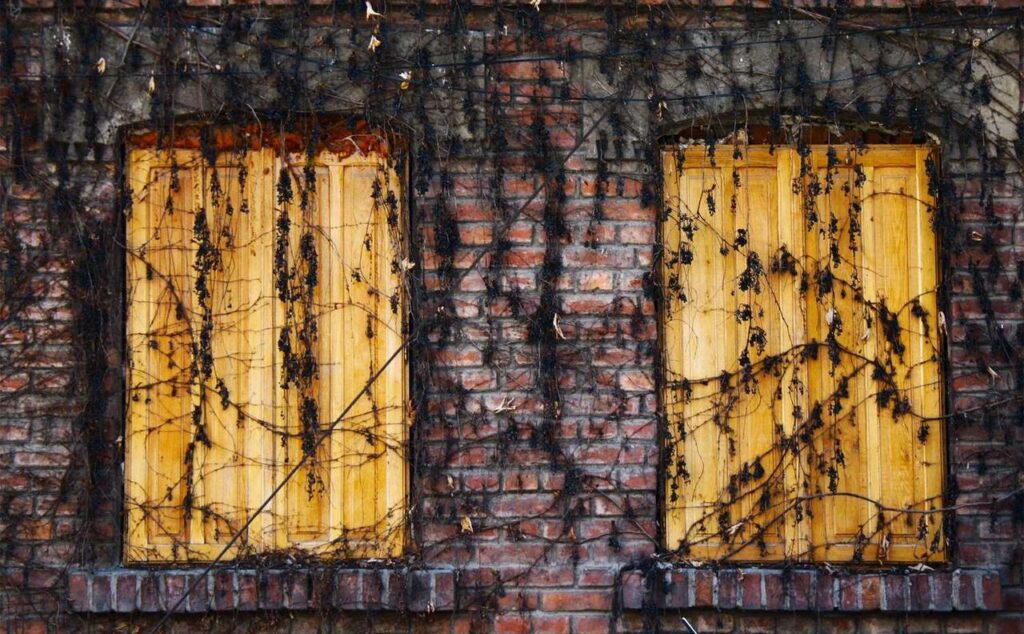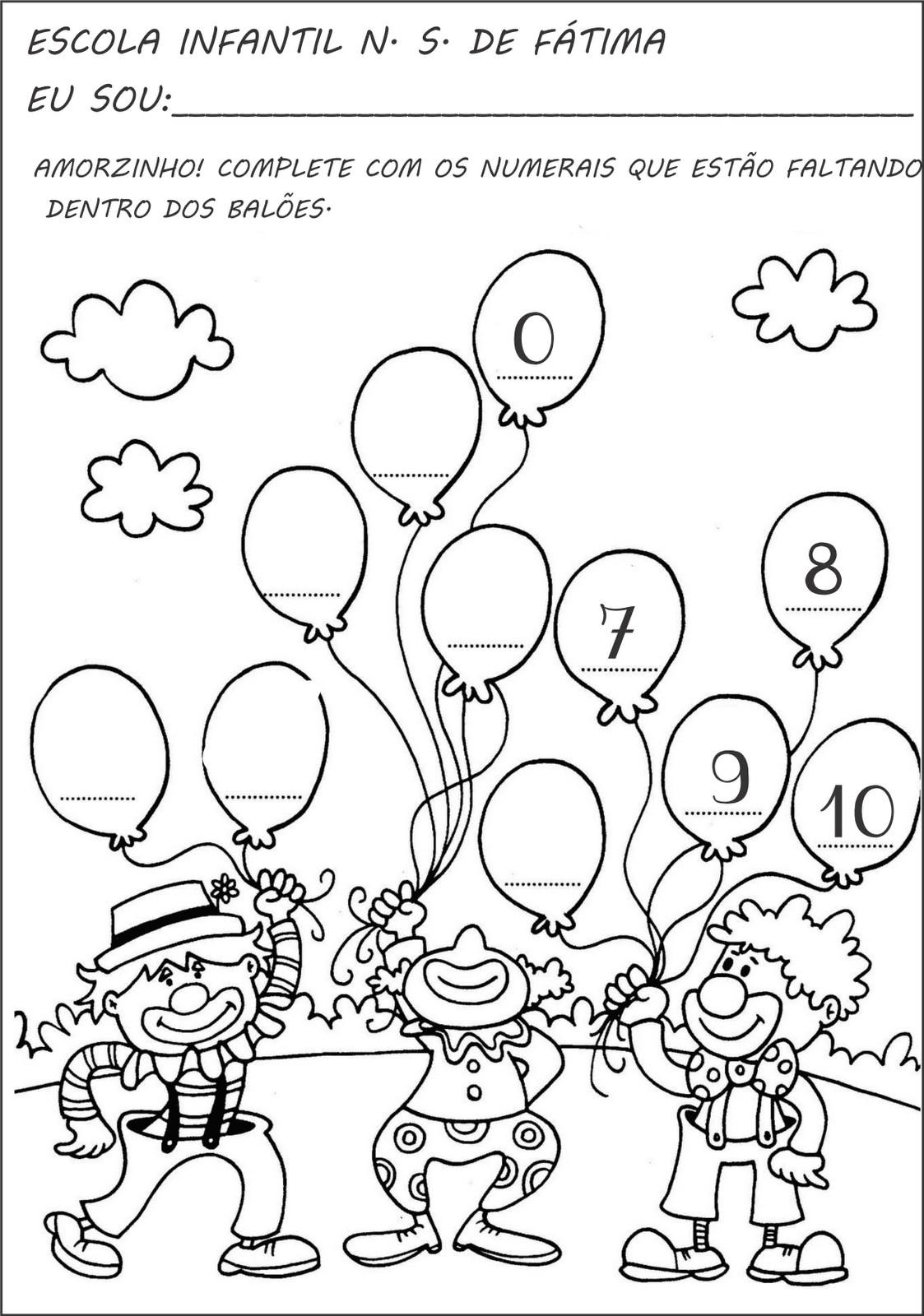[ad_1]
Rock art is a form of artistic expression that dates back to prehistoric times, when human beings used cave walls to record their experiences and daily lives. These paintings and prints are silent witnesses to bygone eras and provide important insights into the lives of our ancestors.
With technological development and rapid urbanization, we often forget the importance of this cultural legacy. Therefore, it is essential to spark children's interest so that they understand and value this ancient art form.
An activity that can contribute to this is the archaeologist game, in which 4th year students can have the opportunity to put themselves in the shoes of archaeologists and make their own discoveries. This activity can be carried out either in the classroom or on a trip to a cave or cave near the school.
The first step is to explain to students what rock art is and its historical importance. They must understand that these paintings were made by human beings who lived thousands of years ago, and that each drawing represents a part of these people's stories.
Then, divide the class into small groups and provide each group with a box of sand or a container of soil. Inside this box, hide different “fossils” or “stones” painted with prehistoric designs. These designs can be printed on paper and glued to styrofoam or clay stones.
The students, then, must excavate the site in search of these “treasures” and, with each discovery, they must analyze and discuss what each drawing can represent. They should observe the shapes, lines and colors used, and try to imagine what the ancient inhabitants of the region wanted to convey.
After the excavations, it is important to hold a group discussion, in which each group shares their discoveries and their interpretations of the drawings found. The teacher can encourage students' creativity and imagination by encouraging them to tell stories about what they think the paintings represent.
This activity not only helps spark children's interest in rock art, but also promotes teamwork, creativity and imagination. Furthermore, it allows students to understand in a practical way how archeology works, uncovering “fossils” and interpreting their stories.
At the end of the game, it is important to highlight to students the importance of preserving these archaeological sites and respecting rock art. They must understand that these paintings and engravings are valuable treasures that connect us with our origins and allow us to better understand the trajectory of humanity.
Therefore, by playing archaeologist and discovering rock art with the 4th year, we are providing a unique and enriching experience for children, awakening in them a more attentive and appreciative look at the cultural legacy left by our ancestors.
[ad_2]




